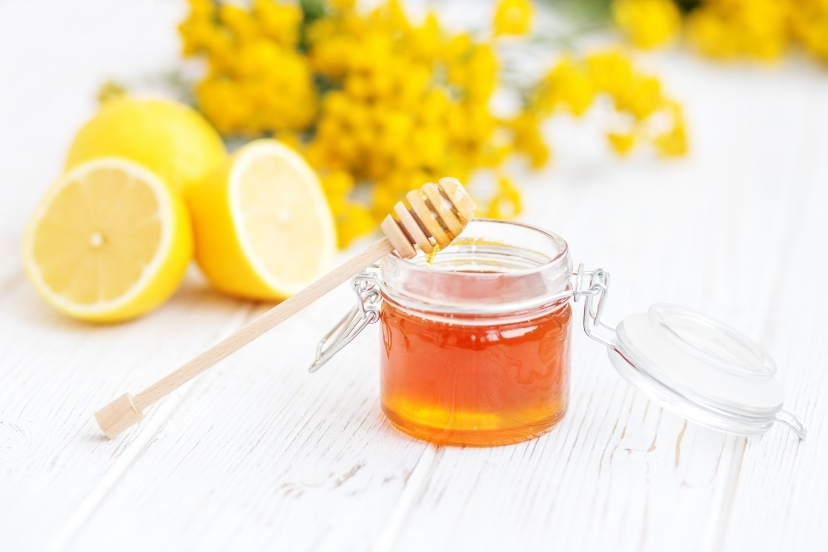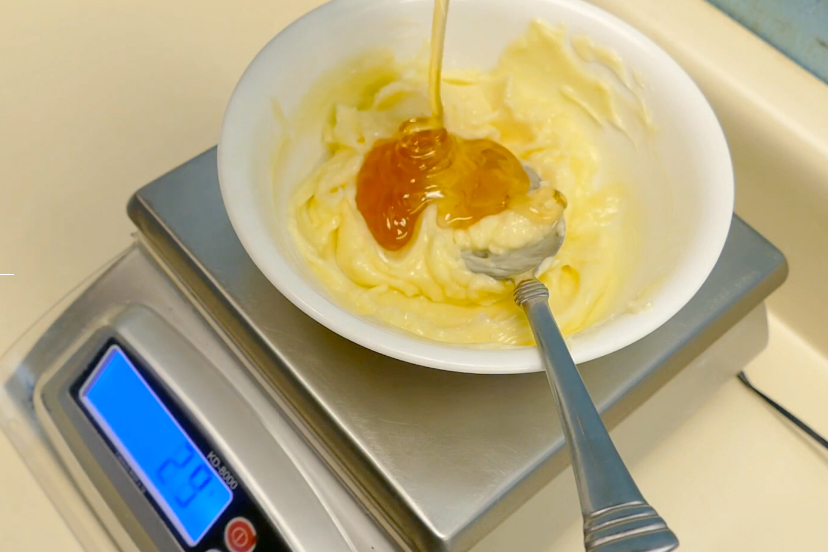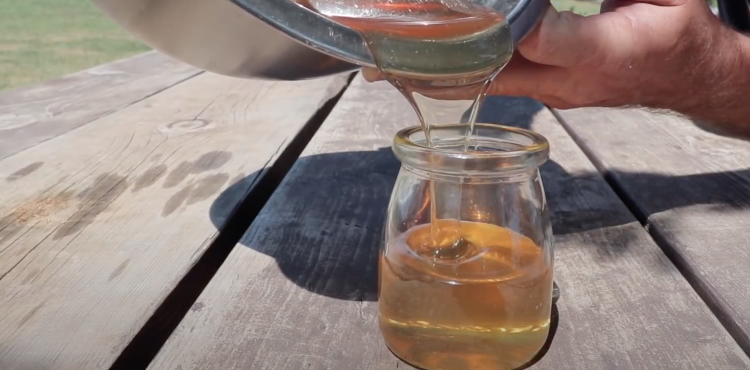Creamed honey is an absolutely delightful treat!
Also known as spun honey and whipped honey, it’s composed of tiny honey crystals, making it smooth as silk and spreadable as butter.
How it’s Made
Honey crystallization is a natural process. Nearly all types of honey will eventually crystallize.
Some may crystallize in a matter of months, while others might remain in a pure liquid state for years before finally crystallizing (also called granulating).
But honey that crystallizes on it’s own is usually an undesirable product.
That’s because the crystals that form are usually large and coarse, giving the honey an unpleasant, gritty texture.
The secret to making silky smooth creamed honey is in seeding liquid honey with super-fine honey crystals.
These tiny crystals are often created by grinding coarse honey crystals into a fine, powder-like texture. The minute crystals that result are blended into liquid honey, where they stimulate the crystallization process.
The new crystals that form are of the same size as the seed crystals.
If You Haven’t Tried it, You Oughta!
Have you ever had a creamed honey and peanut butter sandwich?
Oh my!
Simple fare, but delicious!
Unfortunately, this product doesn’t seem to be offered in stores as prevalently as it once was. If it’s not offered in your local supermarket, you can buy it online.
You can also make your own. It’s easy!
But you will need some creamed honey on hand to use as seed crystals.
How to Make Your Own Creamed Honey
To reduce the likelihood of the finished product fermenting, start with honey that has been pasteurized (most honey sold in supermarkets is already pasteurized), or pasteurize it yourself by heating it to 140 degrees F for 30 minutes.
(NOTE: For what it’s worth, I don’t bother with pasteurizing the honey myself, and have rarely had it ferment.)
Mix in the seed crystal. Use enough to equal about 10% of the total volume.
Mix thoroughly, but carefully, trying to introduce as little air into the mixture as possible. Any trapped air will rise to the top during the crystallization process, creating a layer of foam on top of the honey.
Now store the honey at a cool temperature for about 2 weeks. The optimum temperature for crystallization is 57 degrees F.
Though your refrigerator is probably colder than optimum, you can probably store the honey in it.
Be aware, though, that temperatures below 40 degrees will almost completely halt the crystallization process.
So if your refrigerator is too cold, you won’t be able to use it for this process.
Once crystallization is complete, the finished product should be stored at room temperature.
Good luck, and enjoy that creamy, dreamy treat!



